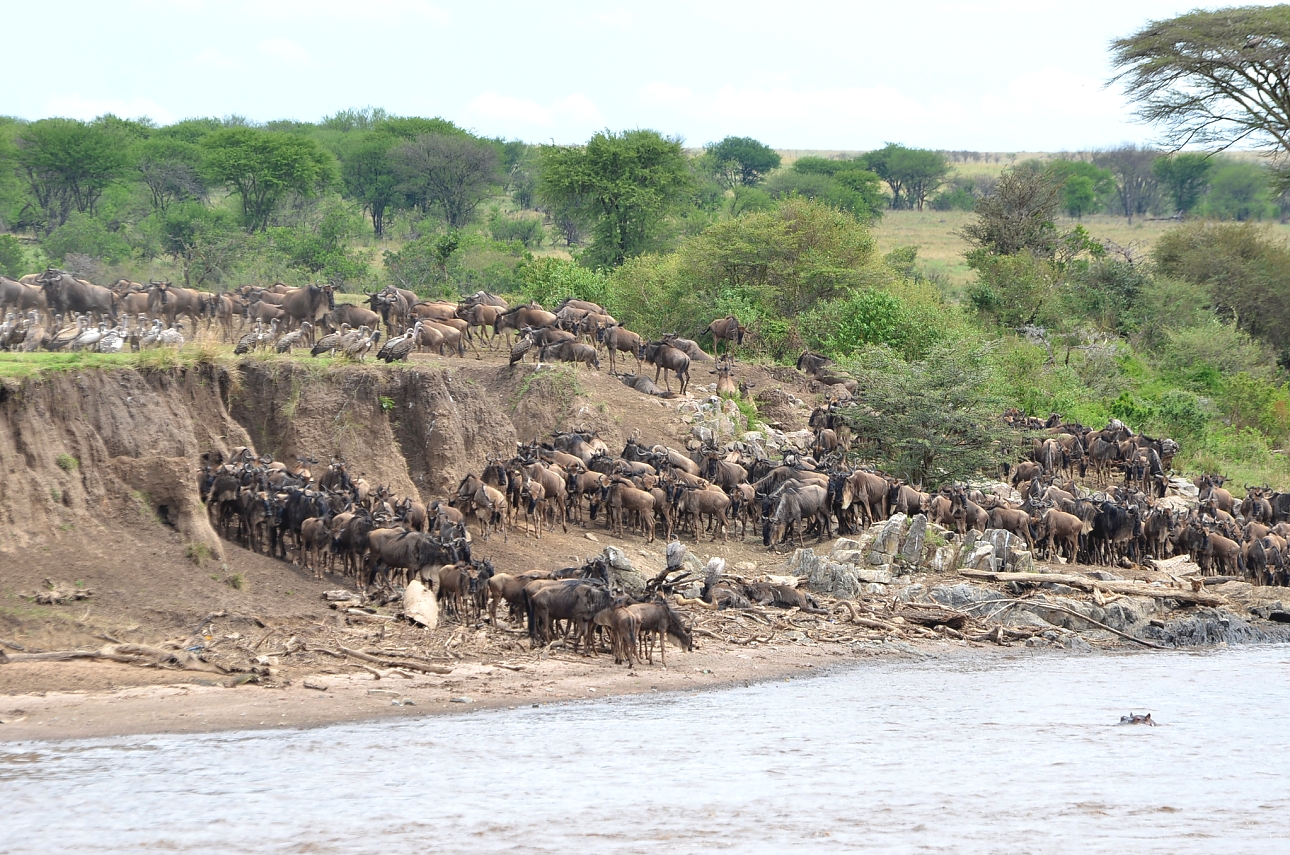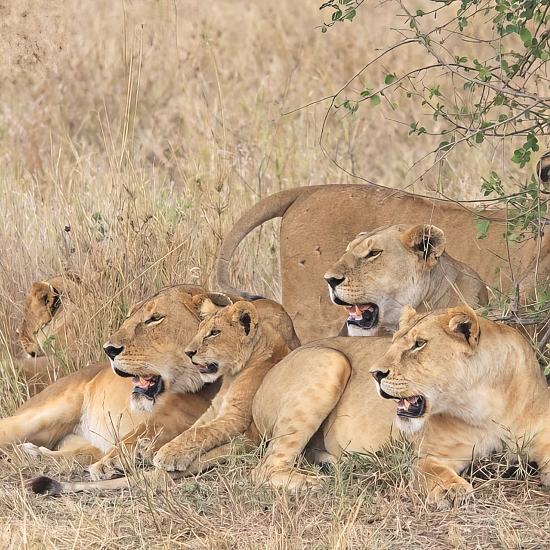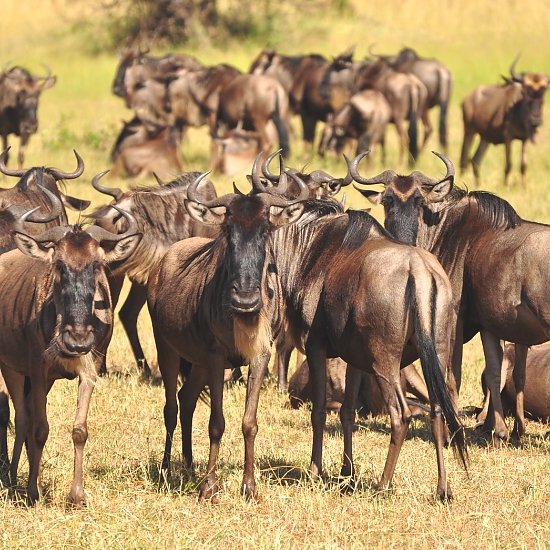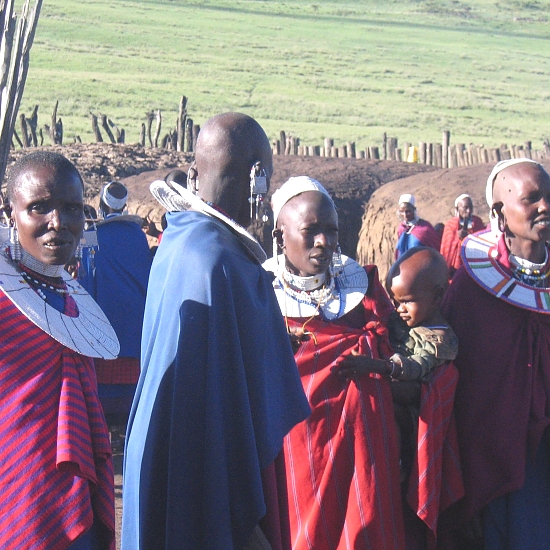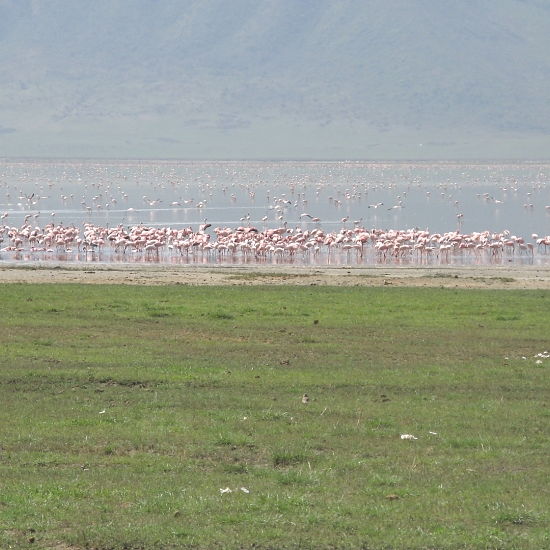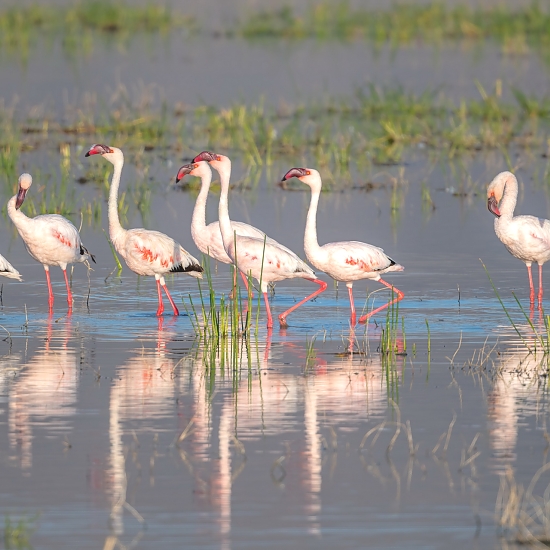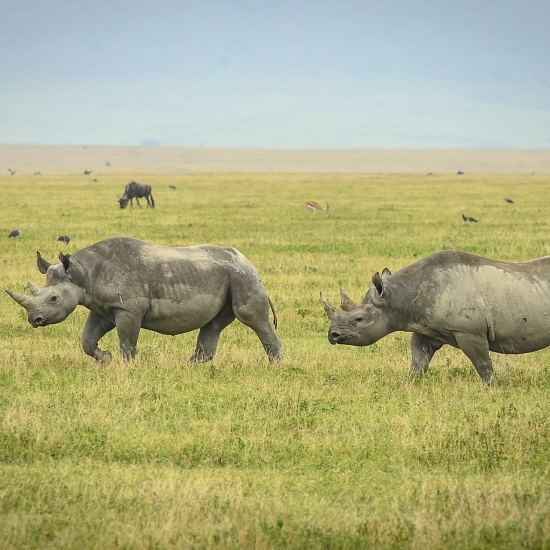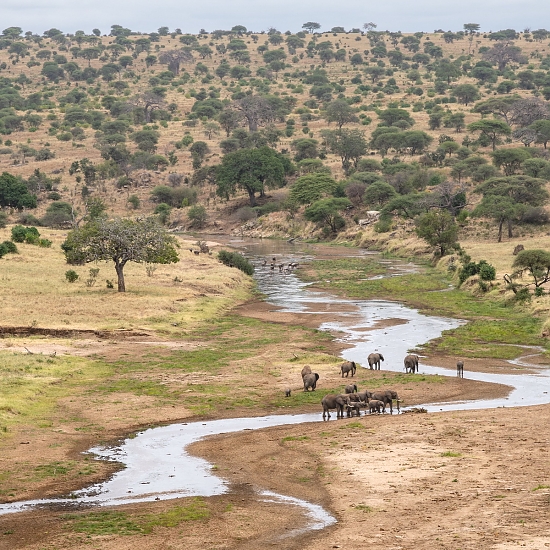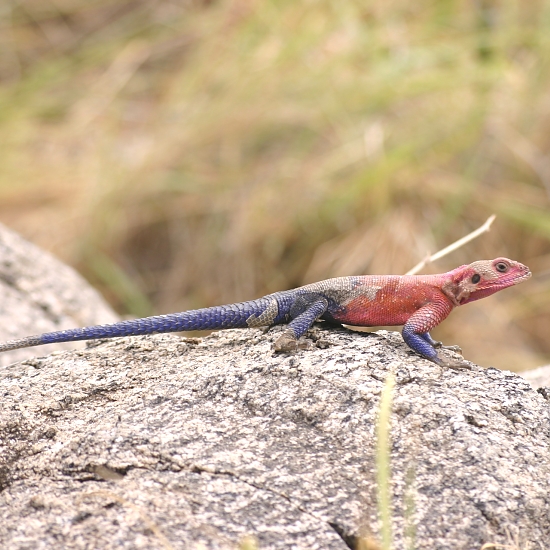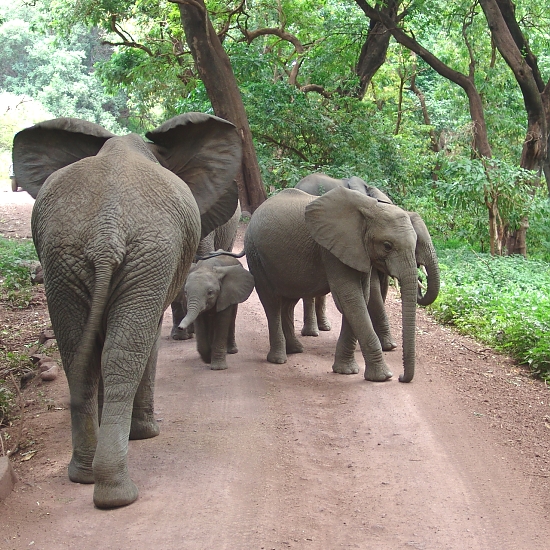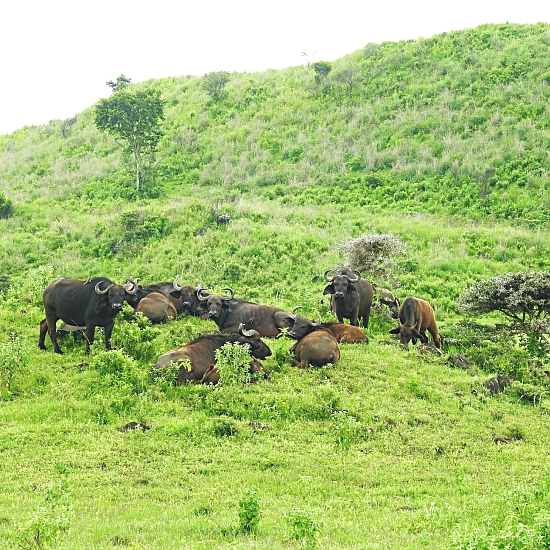

-
Tours and Safaris
Safari GuideSafari Booking
- Category
-
Packages
- Packages
- 7 Days Big 5 Tanzania Safari
- 7 Days Kilimanjaro Machame…
- 3 Days Tanzania Safari
- Day Hike Mount Kilimanjaro
- 6 Days Cross River Migration
- 5 Days Serengeti Discovery…
- 13 Days Serengeti Migration…
- 4 Days Tanzania Cultural…
- 8 Days Northern Tanzania and…
- 7 Days Kilimanjaro Lemosho…
- More Packages...
- Destinations
- Lodges
- Experiences
- Safari Guide
- Safari Bookings
- Car Rentals
- Bus Services
- Logistics
- About Us
- Camping Services
- Blog
- Contact
Wildebeest Migration
The wildebeest migration, like a discernible thread, embraces and connects the Serengeti's ecosystem much as it has done for at least two millions years. Every year, with some seasonally dictated variations in timing and scale, one million wildebeest leave the southern Serengeti's short grass plains in search of the grass and water they need to survive. During their annual pilgrimage they will travel some 2.000 miles devouring 4.000 tonnes of grass a day. A quarter of a million will be born, many will die.
January: The migration is in the southeastern Serengeti on the short-grass plains after the short rains which have nurtured fresh grass. This month and December are the peak months for zebra birth.
February: The short-grass plains are the main feeding ground for some two million wildebeest, zebra and gazelle. Predators lurk close by, feeding on the newborn. This is the main month for wildebeest calving.
March: Beginning of the long and heavy rains. Clouds, growing in intensity, appear from the south and occassional lightning illuminates the night sky. The short-grass plains' pastures are nearing exhaustion and the newborn can keep up with the herds.
April: Heaviest rainy month. Wildebeest are almost evenly scattered on the short-grass plains.
May: Good forage still available but water begins to be a limited factor. Now the vast herds begin to coalesce with columns containing hundreds of thousands stretched over many km as they had across the woodland zones into the Western Corridor where new food and water has been generated by the rains around Grumeti.
June: Rains come to an end and the herds leave the black-cotton-soil plains, crossing the Grumeti River where many wildebeest drown every year providing food for the crocodiles who lurk at crossing points. In a normal year they will be in Seronera/Moru kopjes area.
July: The migration now heads northwest briefly leaving the park as they enter the Grumeti Controlled Area, with a small portion of the herd heading towards the Lobo area. Visitors should note that morning temperatures have fallen sharply.
August: The migration and the ever-attendant predators trailing now cross the Ikorongo controlled Area. The various branches of the migration begin to meet up. The migration in a normal year should now be in the northern Serengeti and entering Maasai Mara. It is still cold in the mornings.
September: The migration has now entered Kenya's Maasai Mara Game Reserve just across the northern border from the Serengeti. Temperatures begin to rise and the skies are blue by day.
October: This is the driest month in the Serengeti with the bulk of the animals briefly absent in the Maasai Mara Game Reserve where there is always plentiful water and better grazing for the plains animals at this time of year.
November: As if sensing the oncoming short rains with clouds gathering in the sky, the migration begins its trek back home to the Serengeti. Flame trees are beginning to blossom and migrant birds start to arrive.
December: The migration increases its pace as it heads towards Serengeti's southern plains where the short rains are generating the grass. It follows the Loliondo boundary of the park and the zebra begin to give birth.

